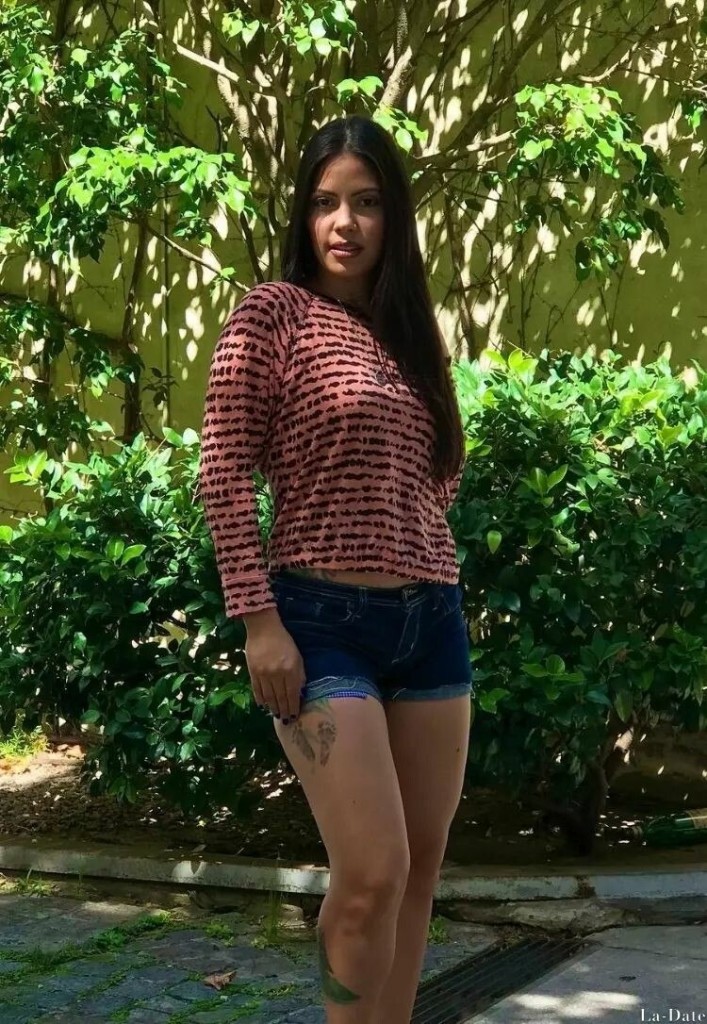(a) Learning results

We gotten twelve bumble-bee (Bombus terrestris dalmatinus) territories, for each which has 3040 workers, out of Koppert Physiological Solutions (Berkel dentro de Rodenrijs, Holland). The pros was basically exclusively noted into thorax having designated, colored tags (Opalith tags; Christian Graze Kg, Germany). Which acceptance visitors to end up being accurately identified in laboratory training experiments and you may profession foraging products.
The brand new bees have been pre-trained to forage out of 20 bicoloured, bluish and you can yellow, phony plant life within the a laboratory flight stadium. The fresh square, bicoloured herbs was basically made of a couple of halves (for every single twelve?24 mm): you to definitely yellow (Perspex Reddish 260) therefore the most other blue (Perspex Blue 727). During the pre-degree, the bicoloured herbs was indeed rewarded with fifty% (w/w) sucrose service delivering previously the color-unsuspecting bees having an equal opportunity to member each other colours which have prize (Raine ainsi que al. 2006b). Bees completing about five consecutive foraging bouts towards the bicoloured flowers was basically picked to possess degree. These types of foragers was in fact trained physically, in a trip stadium which has had 10 blue (Perspex Bluish 727) and you can 10 reddish (Perspex Reddish 260) phony plants (for every single 24?24 mm). Red Puerto Rican datingside plant life had been fulfilling (for each contains fifteen ?l off 50% (w/w) sucrose provider), when you’re bluish herbs had been blank (unrewarding). Bees was basically regarded as choosing a rose once they both reached (inspected) or landed involved. Getting to the a flower don’t fundamentally result in an eating (probing) enjoy. Ergo, prior to probing a rewarding (yellow) rose, bees you can expect to choose each other reddish/fulfilling otherwise bluish/unrewarding plant life of the dealing with otherwise getting in it (without probing). Opting for a reddish (rewarding) rose is actually considered correct’, when you’re choosing a bluish (unrewarding) flower is actually considered are an error’. We recorded the option series from for every bee about big date they very first entered the fresh new flight arena. Recording this new rose choices for for each bee ceased immediately following it had generated 99 rose choice following first-time it probed a satisfying (yellow) rose (Raine et al. 2006b). For this reason, each bee produced no less than 100 flower solutions, including the very first time they probed an advisable rose, together with people choices created before that it basic probing experiences.
Herbs have been changed and their ranks lso are-randomized between foraging bouts to avoid bees playing with scent scratches otherwise prior rose ranking because the predictors of award. Flower colours had been chose making sure that bees had to beat the good, unlearned preference getting bluish, in advance of associating one of the innately the very least favoured colours (yellow) with reward (Chittka ainsi que al. 2004; Raine et al. 2006a). Ten bees was coached from for each colony (we.age. 180 bees altogether) between cuatro and . Thorax depth dimensions had been removed for each of those bees while the a measure of body dimensions. Managed lighting effects to possess research tests is provided with high-volume neon bulbs (TMS 24F lamps that have 4.3 kHz ballasts (Philips, Holland) suitable having Activa daylight hoses (Osram, Germany)) to replicate absolute sunlight above the bee flicker mix regularity.
(b) Studying curves
The starting point for each bee’s learning curve was the proportion of errors made (blue flowers chosen) before the bee first probed a rewarding (yellow) flower. For bees making fewer than five flower choices (either by approaching or landing on them) before probing a rewarding flower (n=53), we used the colony mean proportion of errors (calculated from bees making five or more such choices). Flower choices made by each bee after (and including) the first time it probed a rewarding (yellow) flower were evaluated as the number of errors (blue flowers chosen) in each group of 10 choices. Learning curves (first-order exponential decay functions: y=y0+Ae ?x/t ) were fitted to these 11 data points (i.e. the start pointing and subsequent 10 groups of 10 flower choices) for each individual bee, using Microcal Origin (Chittka et al. 2004; Raine et al. 2006b), to capture the dynamic nature of the learning process. Here, x is the number of flower choices the bee made, starting with the first time it probed a yellow flower, and y is the number of errors. The saturation performance level (y0) is the number of errors made by a bee after finishing the learning process, i.e. when reaching a performance plateau. The decay constant (t) is a measure of learning speed: high values of t correspond to slow learning, whereas lower t values indicate faster learners. A is the curve amplitude: the maximum displacement (height) of the curve above y0. Both amplitude (A) and saturation performance (y0) were constrained between 0 and 10 for curve fitting. Eight (out of 180) bees showed no appreciable improvement in performance during the task, and the software generated learning curves’ that were essentially horizontal lines. These bees were excluded from subsequent analyses because their t values were either very high (>400) or negative.
Leave a Reply